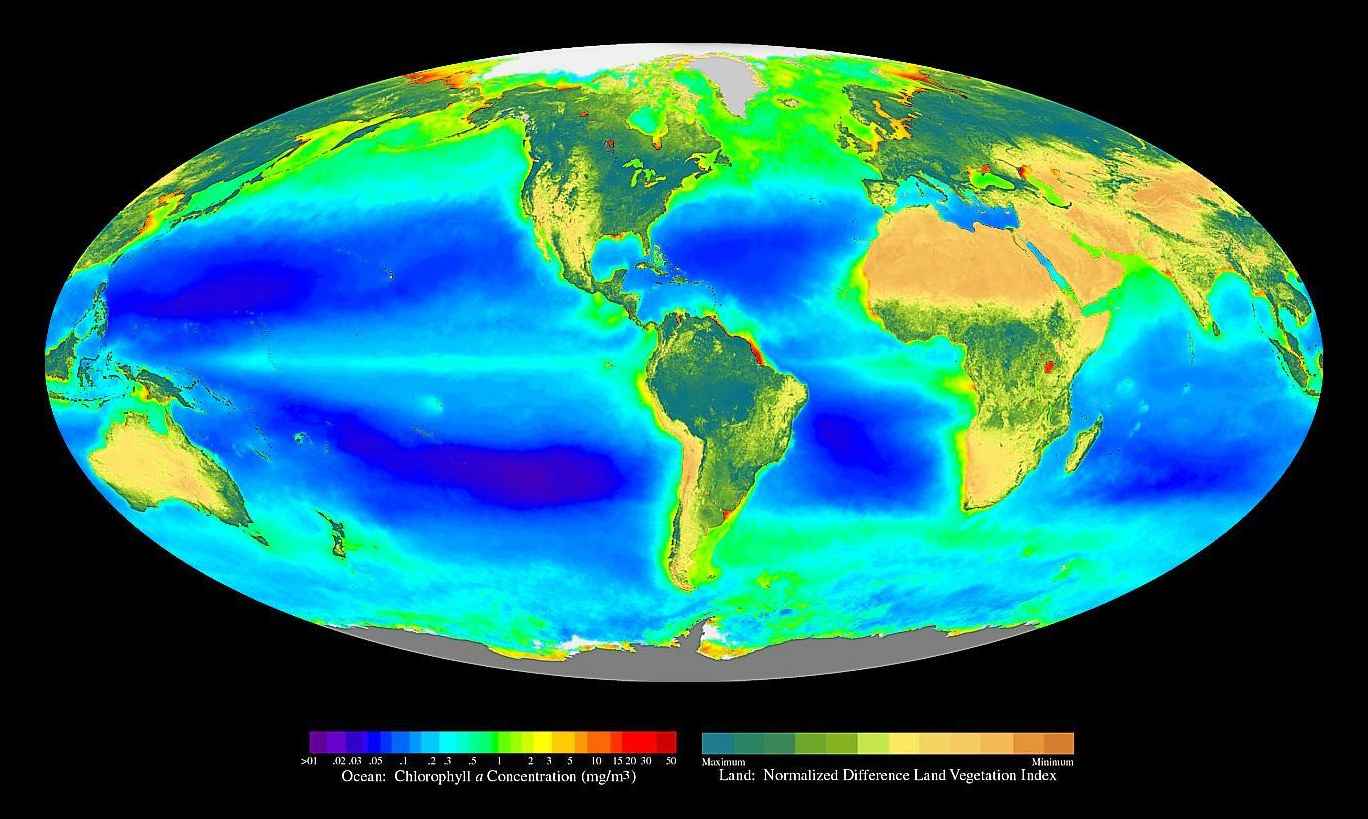Indian Ocean carbon export
Quantifying the Carbon Export Potential of the Marine Microbial Community in an Oligotrophic Ocean Desert
The Indian Ocean plays and important role in global oceanic carbon cycling, however it is largely undersampled, especially primary productivity and net community productivity (the remaining primary production after respiration).
RSSRG members Charlotte Robinson & David Antoine are collaborating with colleagues at Duke University, Professor Nicolas Cassar and Dr Yajuan Lin to better understand Net Community Production and the potential for carbon export in the Indian Ocean.
Using a combination of radiolabelled isotopes to measure carbon uptake by primary producers and advanced Equilibrator Inlet Mass Spectrometry (EIMS) to estimate respiration and net community production via the O2/Ar ratio.

The Equilibrator Inlet Mass Spectrometry system is connected to the continuous surface seawater line and records measurements of the concentration of dissolved oxygen and argon gas concentrations in the seawater every second.
With the support of a Small Grant ($29,000) from the Curtin University Faculty of Science & Engineering Research & Development Committee awarded to Charlotte Robinson, Charlotte travelled to Duke University to be trained in the use of the EIMS system and then participate in the IIOE-2 voyage with David Antoine to collect data from the Eastern Indian Ocean.
